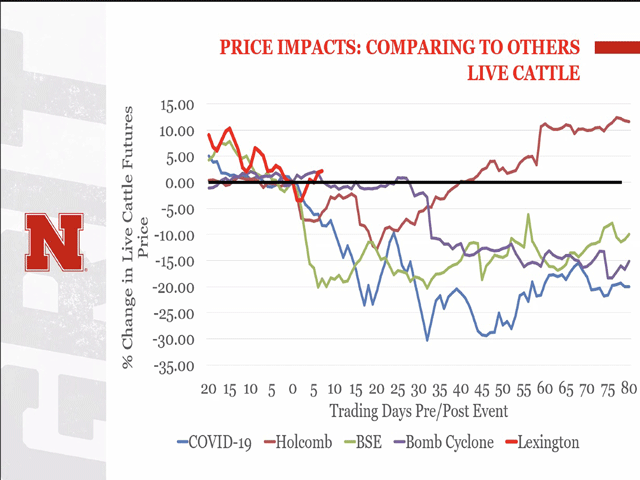Ag Policy Blog
Assessments Show Conservation Minimizes Sediment, Nutrient Runoff
USDA released a new report Tuesday that shows voluntary conservation efforts have reduced sediment and nutrients loss from farms in the Mississippi River basin.
The report released by USDA's Natural Resources Conservation Service this week shows conservation work, like controlling erosion and managing nutrients, has reduced the edge-of-field losses of sediment by 35%, nitrogen by 21% and phosphorous by 52%.
"Farmers and ranchers work hard to conserve the land and water, and today's report shows the tremendous impact they've had for the Mississippi River and Gulf of Mexico," U.S. Agriculture Secretary Tom Vilsack said in a statement.
"We need to keep up the momentum by providing scientific and technical expertise that supports conservation in agriculture. To continue these efforts, we need Congress to act on a comprehensive food, farm and jobs bill as soon as possible."
P[L1] D[0x0] M[300x250] OOP[F] ADUNIT[] T[]
According to a news release from USDA, model simulations show an increase in cover crops will have a "significant impact" on reducing edge-of-field losses of sediment and nutrients and improve water quality.
The report is part of USDA's Conservation Effects Assessment Project that uses advanced modeling techniques to assess the effects of conservation practices. The report covers cropland in Louisiana, Arkansas, Kentucky, Mississippi, Missouri and Tennessee.
"These assessments are part of the scientific backbone that helps us work with farmers to get the right conservation techniques on the right acres," NRCS Chief Jason Weller said in a statement.
"A focus on the most effective conservation techniques means that we're helping to deliver the best results for farmers and our natural resources."
In the past few years similar assessments were completed in the upper Mississippi River, Tennessee-Ohio, Missouri and Arkansas-Red-White basins.
The assessments have shown:
-Conservation on cropland prevents an estimated 243 million tons of sediment, 2.1 billion pounds of nitrogen and 375 million pounds of phosphorus from leaving fields each year. This translates to a 55%, 34% and 46% reduction in sediment, nitrogen and phosphorus edge-of-field losses, compared to what would have been lost if no conservation practices were in place.
-Conservation has resulted in an estimated 17% reduction in nitrogen and 22% reduction in phosphorus entering the Gulf of Mexico annually, according to USDA.
An additional reduction of 15% of nitrogen and 12% of phosphorus can be achieved by implementing comprehensive conservation plans on all cropland in the basin, mostly in areas that have not addressed nutrient loss.
Follow me on Twitter @toddneeleyDTN
© Copyright 2013 DTN/The Progressive Farmer. All rights reserved.




Comments
To comment, please Log In or Join our Community .